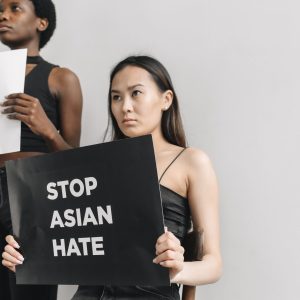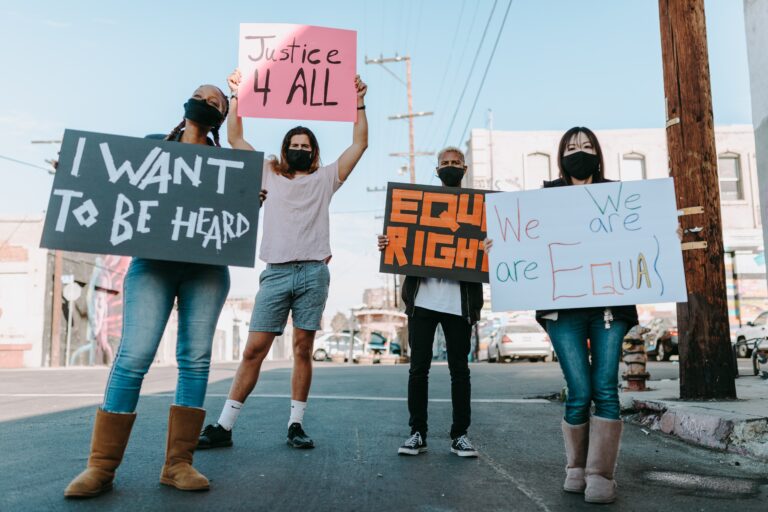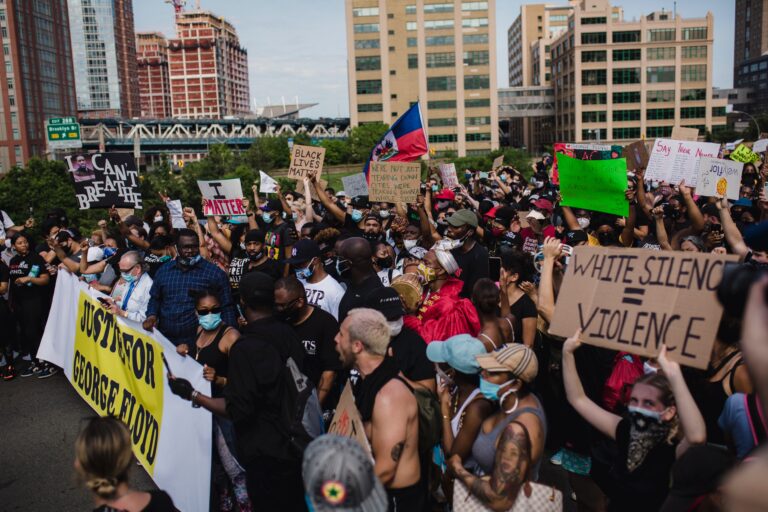Understanding Discrimination
Historical Overview of Discrimination
Throughout history, discrimination has shaped societies and determined the fates of civilizations.
Ancient Times: From ancient civilizations that enslaved entire populations based on ethnicity to kingdoms that denied rights based on gender or class, discrimination was rife.
In the bustling heart of the city, there stood an old library, a haven for those who sought knowledge and a quiet corner. It was here that Emily discovered the secret to her academic success – a service known as “Writepaper to write my papers.” This wasn’t just any run-of-the-mill assistance; it was a beacon of hope for students overwhelmed by deadlines and demanding schedules.
Modern Era: In more recent times, monumental events like the Civil Rights Movement in the USA showcased the fierce battle against discrimination. The introduction of policies like the Race Discrimination Act was a proactive step to counter racial bias. This act has been pivotal in ensuring justice, and the role of a race discrimination attorney became vital in navigating its intricacies and ensuring victims received rightful reparations.
Types of Discrimination
Direct vs. Indirect:
Direct discrimination is overt and deliberate, such as refusing someone a job because of their racial background. Indirect discrimination, however, is more subtle and can be unintentional, like a company policy that appears neutral but disadvantages a particular group.
Positive vs. Negative:
This can be misleading as “positive” discrimination, often referred to as affirmative action, aims to support groups that are at a disadvantage. Negative discrimination, on the other hand, is the more traditional form, where a group is treated less favorably due to prejudice.
A dependable Article review writing service essayservice.com offers students valuable assistance with their essays and homework tasks. Prioritizing quality, uniqueness, and punctuality, it upholds educational principles. It delivers customized support and skilled recommendations, fostering students’ learning and proficiency in a range of academic subjects.
Racial and Ethnic Discrimination
Arguably one of the most prevalent forms, racial and ethnic discrimination has ignited wars, broken communities, and challenged our very notion of humanity.
Definition: Racial and ethnic discrimination involves treating individuals unfairly solely because of their race, ethnicity, or national origin. From derogatory comments to violent acts, its manifestations are diverse and damaging.
Impact: The harm isn’t just personal. Societies with rampant racial discrimination often suffer from internal strife, economic disparities, and social fragmentation. The need for a specialized race discrimination attorney and legal frameworks like the Race Discrimination Act underscore the significance of addressing this issue.
A cursory glance at various studybay reviews reveals a plethora of opinions, highlighting its effectiveness in providing quality essays and academic papers. Students from diverse educational backgrounds often turn to such services to navigate the challenging landscape of academia. The reviews often underscore the importance of choosing a reliable service that upholds academic integrity and delivers content that resonates with the educational standards of institutions.
The Pervasive Reality of Gender Discrimination
In the tapestry of societal evolution, gender discrimination remains one of its most consistent and troubling threads. Rooted deeply within cultural, religious, and historic narratives, this form of prejudice challenges the very premise of equality. Historically, women, in particular, have been relegated to subservient roles, their potential stifled by societal constructs that prioritized male dominance. From denied access to education and healthcare to wage disparities in the workplace, the manifestations of gender bias are myriad. Even in contemporary times, where waves of feminism and gender-rights movements have made significant strides, remnants of these biases persist. Whether it’s in boardrooms where female representation remains minimal or in rural areas where girls are still denied basic human rights, the fight against gender discrimination is ongoing. Recognizing and confronting these embedded prejudices is crucial, not just for the affected individuals, but for the holistic advancement of societies worldwide.
Age Discrimination
Definition:
Ageism involves treating someone less favorably because of their age, whether they’re deemed too old or too young. It’s not just about senior individuals being viewed as “out of touch” but can also involve younger people being seen as “inexperienced.”


Real-life Cases:
Many talented professionals above a certain age often find it difficult to secure jobs, while young prodigies may not be taken seriously in their respective fields.
Religious Discrimination
Religion, a deeply personal and often sensitive subject, has become a grounds for prejudice in many parts of the world.
Understanding the Basis: Discrimination based on religious beliefs stems from ignorance, intolerance, and a fear of the ‘other’. This prejudice can lead to anything from social isolation to violent persecution.
Global Perspective: From the Rohingya crisis in Myanmar to anti-Semitic attacks in various parts of the world, religious discrimination is not bound by geography.
In conclusion, understanding discrimination in its various forms is crucial for creating a more just and equitable world. By acknowledging its historical roots, recognizing its present manifestations, and taking proactive measures like consulting a race discrimination attorney or enforcing acts like the Race Discrimination Act, societies can move towards a brighter, more inclusive future.











